Introduction
Odisha, a land known for its rich cultural heritage, is a treasure trove of diverse art forms. Amongst the various art forms, dance holds a significant place in Odisha’s tradition and history. The state’s dance forms are deeply rooted in ancient scriptures, temple traditions, and local legends, showcasing the vibrant and dynamic cultural landscape of Odisha.
Historical Background
The origins of Odisha dance can be traced back to ancient times. Influenced by the Natyashastra and Abhinaya Chandrika, the classical dance form of Odissi evolved and flourished in the temples of Odisha. These temples served as important centers for promoting and nurturing the dance forms.
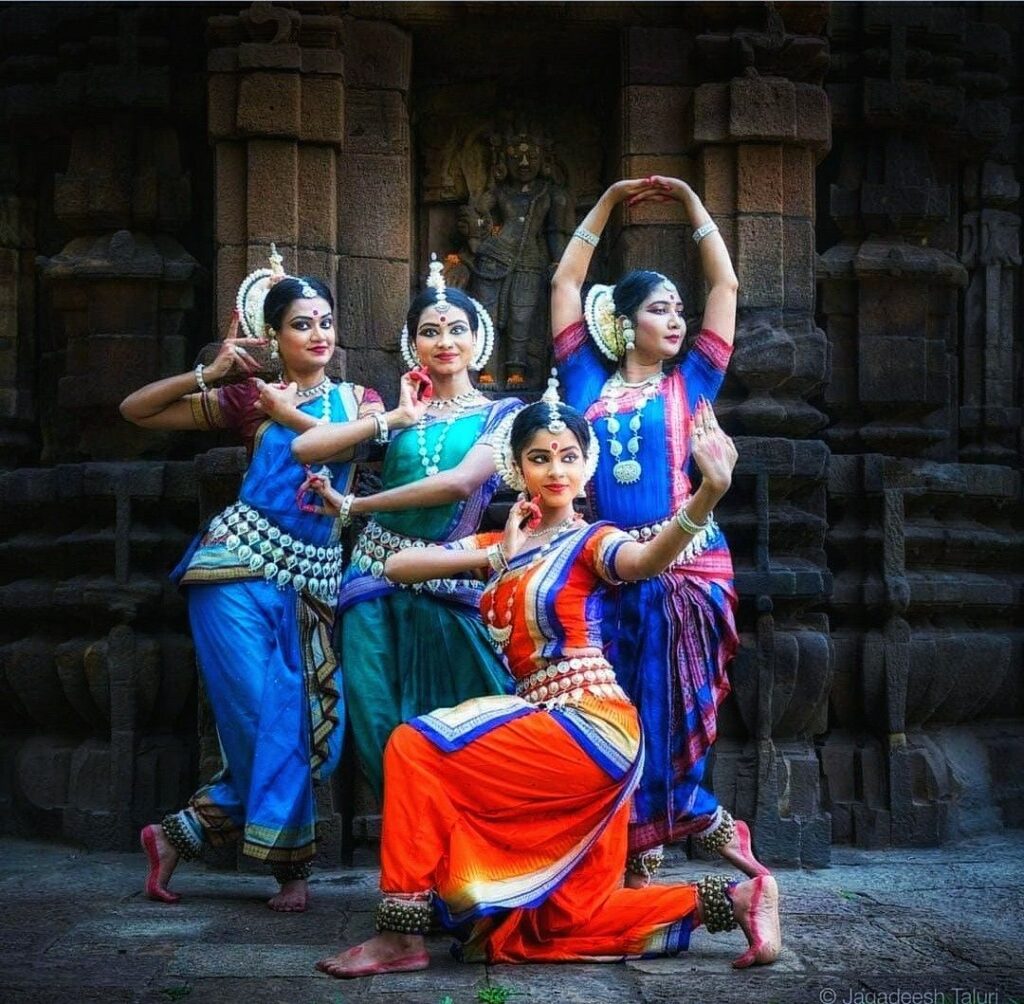
Major Dance Forms of Odisha
Odissi is the most well-known classical dance form of Odisha. It is characterized by its graceful movements, intricate footwork, and expressive storytelling. Odissi performances often revolve around themes from mythology, depicting the love stories of Radha and Krishna and episodes from the Mahabharata and Ramayana. The dancers adorn themselves in elaborate costumes, complete with beautiful jewelry and traditional Odissi makeup.
Gotipua
Another unique dance form of Odisha is Gotipua, which is performed exclusively by young boys dressed as girls. The dance form originated in the temples and was historically a way for the young boys to entertain the deities. It showcases acrobatic movements, balancing acts, and rhythmic footwork.
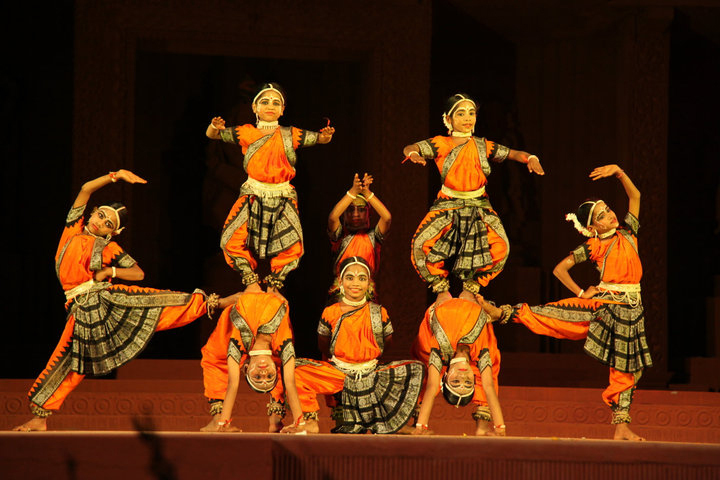
Chhau
Chhau is a martial dance form that originated in the tribal regions of Odisha. It vividly portrays local legends and myths through dynamic movements, masked characters, and vigorous footwork. Chhau has three distinct styles: Seraikella, Mayurbhanj, and Purulia. Each style has its own unique features and costumes.
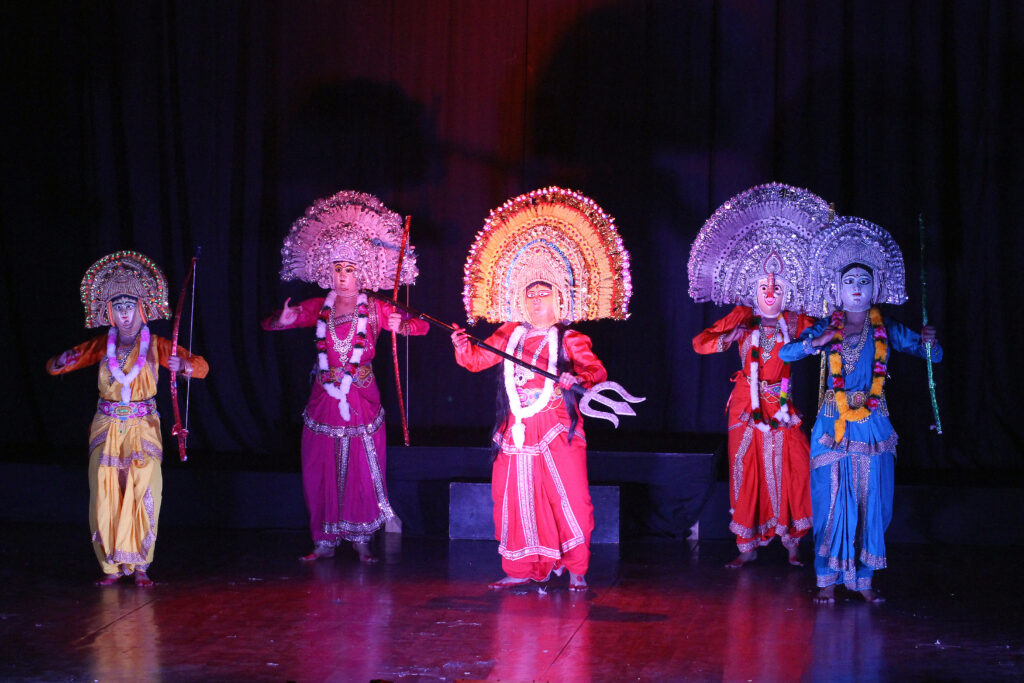
Sambalpuri
Sambalpuri, a vibrant folk dance form from western Odisha, is known for its energetic footwork and lively music. It is often performed during festivals and celebrations, showcasing the rich cultural heritage of the region. The dancers wear colorful costumes and elaborate headgear, adding to the visual spectacle of the performance.
You can read our another post on Diwali in Odisha Celebrating

Mahari
Mahari is a dance form performed exclusively in the temples of Odisha, particularly in the Jagannath temple of Puri. The dance was traditionally performed by devadasis, who were considered to be married to Lord Jagannath. The Mahari dance is characterized by its intricate footwork, hand gestures, and devotional expressions.
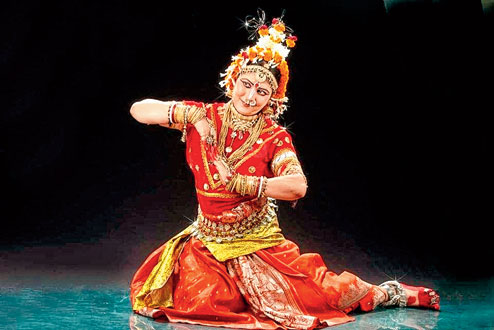
Odissi Dance
A Deep Dive Odissi, the classical dance form of Odisha, has a long history of evolution and development. Over the centuries, Odissi has incorporated elements from the temple sculptures, ancient texts, and the influence of the Mahari dance tradition. Key elements of Odissi include the tribhangi posture, hand gestures, facial expressions, and rhythmic footwork. The dance is accompanied by live music, with instruments such as the mardala, sitar, and violin creating a melodic atmosphere.
Prominent Odissi dancers like Kelucharan Mohapatra and Sanjukta Panigrahi have made significant contributions to popularizing Odissi on national and international platforms. Their dedication and mastery of the art form have inspired generations of dancers and enthusiasts.
More: Wanted to download Odishashop.com visit here
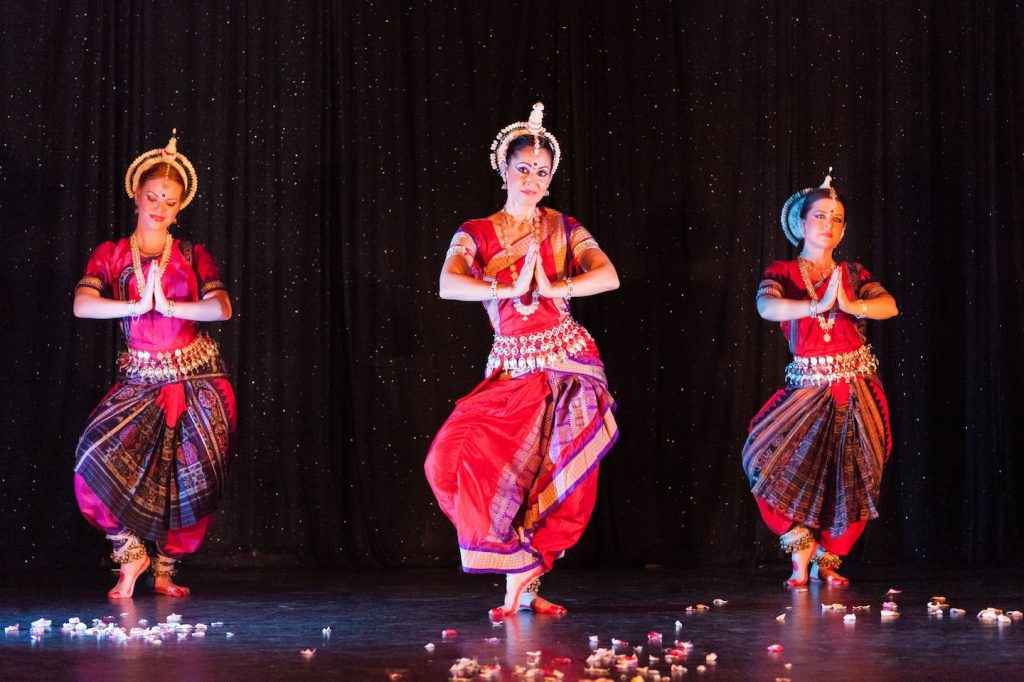
Regional Folk Dances
Apart from the classical and temple dance forms, Odisha is also home to numerous regional folk dances that reflect the different cultures and traditions of the state. Dalkhai, a popular folk dance, is performed by young girls during festivals and celebrations. Bagha Nacha, a tiger dance, is performed by dancers mimicking the movements and mannerisms of a tiger. Paika Nacha is a martial folk dance that showcases the valor and agility of the paikas (warriors) of Odisha.
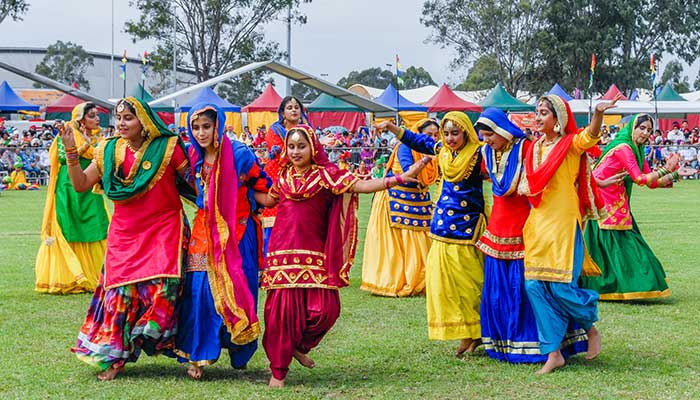
The Role of Odisha Dance in Society
Odisha dance plays a crucial role in preserving and promoting the cultural heritage of the state. Efforts by dance academies and organizations ensure the training and preservation of traditional dance forms. Odisha’s dance forms also attract tourists from all over the world, contributing to the state’s economy and tourism industry.
The Life of a Dancer
Becoming a professional Odisha dancer requires years of training, dedication, and sacrifice. Dancers face challenges such as physical stamina, maintaining authenticity, and financial constraints. However, the sheer passion and love for the art form keep them going, as they live their dream of performing and spreading the beauty of Odisha dance.
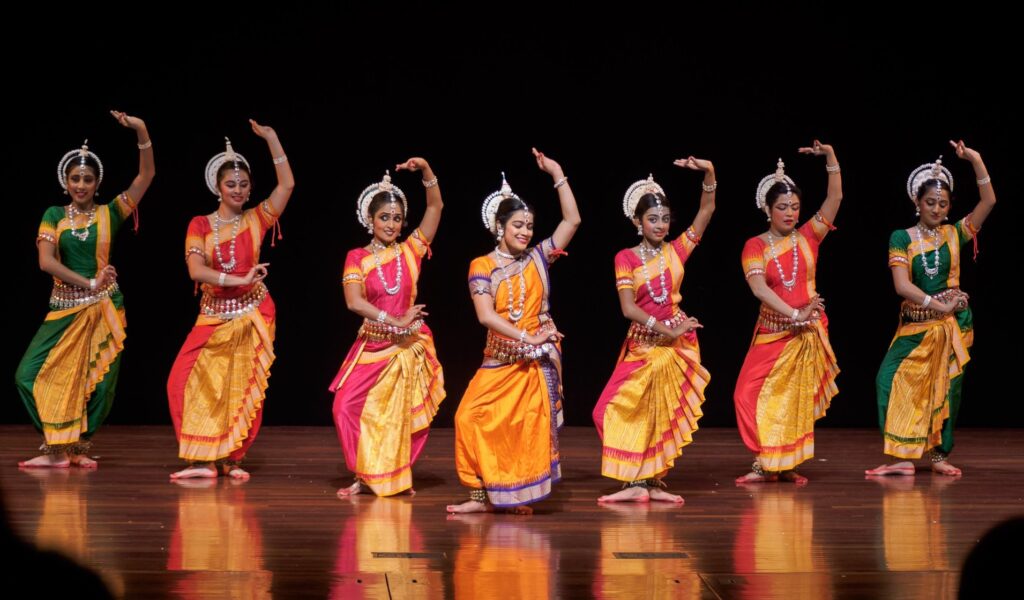
Future of Odisha Dance
As Odisha moves towards the future, its dance forms continue to evolve and adapt to contemporary trends. Innovations like fusion performances, collaborations with other dance forms, and global platforms have helped in spreading Odisha dance to a wider audience. Efforts to preserve and promote this rich cultural heritage are vital for ensuring that Odisha dance continues to thrive for future generations.
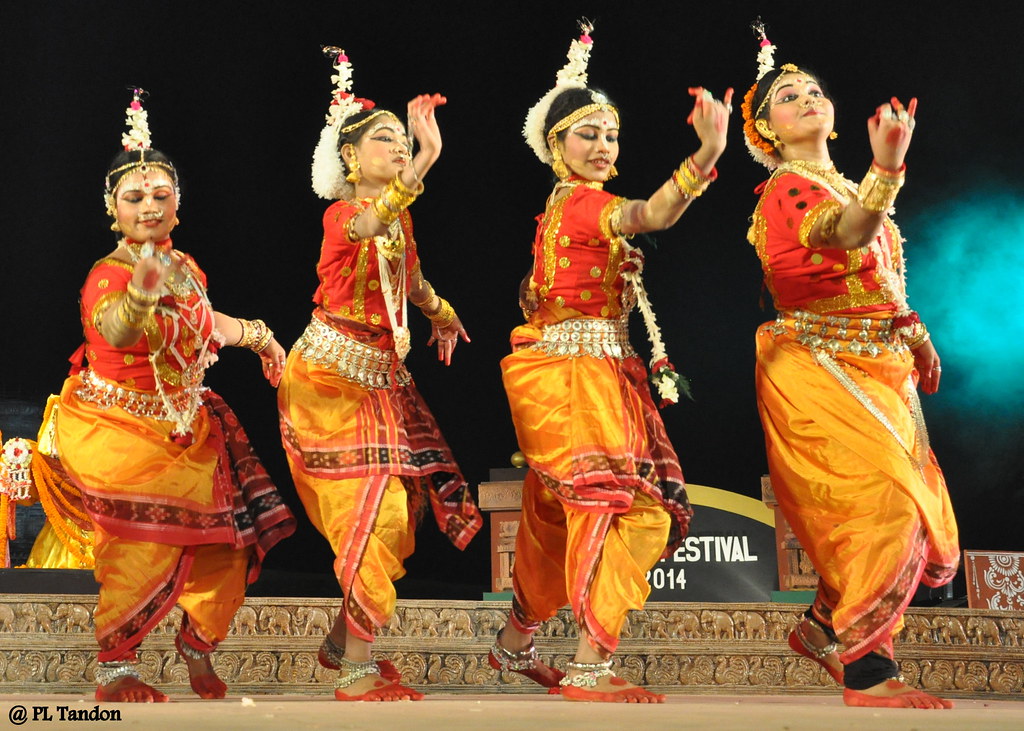
What is the Dance of Odisha?
The Dance of Odisha refers to the traditional dance forms that have originated from the eastern Indian state of Odisha.
Which are the major dance forms of Odisha?
Odisha is known for its unique dance forms, including Odissi, Chhau, and Sambalpuri.
What is Odisi dance?
Odisi is one of the oldest classical dance forms of India. It is characterized by graceful movements, intricate footwork, and expressional storytelling.
What is Chhau dance?
Chhau is a martial dance form performed by dancers wearing colorful masks and elaborate costumes. It incorporates both storytelling and martial arts movements.
What is Sambalpuri dance?
Sambalpuri is a folk dance form from Odisha, known for its vibrant costumes, energetic movements, and rhythmic footwork. It portrays the rich agricultural heritage of the region.
Are these dance forms only performed by professionals?
No, these dance forms are often taught and performed by people of all ages, including both professionals and amateurs.
Are there any specific occasions or festivals where these dances are performed?
Yes, these dances are often performed during religious festivals, cultural events, and special occasions such as weddings in Odisha.
Is there any difference between Odissi and other classical dances like Bharatanatyam or Kathak?
Yes, each classical dance form has its unique style, movements, and repertoire. Though there might be some similarities, Odissi has its distinct features and aesthetics.
Can these dance forms be learned by non-Odisha residents?
Absolutely! Odissi, Chhau, and Sambalpuri dance classes are open to anyone interested in learning and appreciating these beautiful art forms.
Where can one enjoy these dance forms?
You can witness the Dance of Odisha at various cultural festivals, dance conferences, and performances held across the country. You can also find dedicated dance schools and academies in Odisha that offer training in these dance forms.
Conclusion
Odisha dance is a mesmerizing world of grace, beauty, and tradition. With its diverse dance forms, Odisha showcases its cultural richness and deep-rooted history. Exploring and appreciating these dance forms not only provides a window into Odisha’s heritage but also supports the preservation and promotion of this vibrant art form. Let us all celebrate the enchanting world of Odisha dance, keeping its legacy alive for generations to come.
